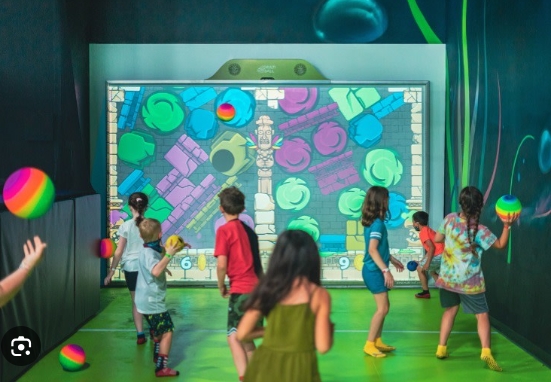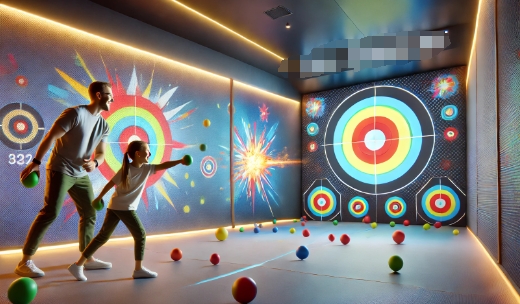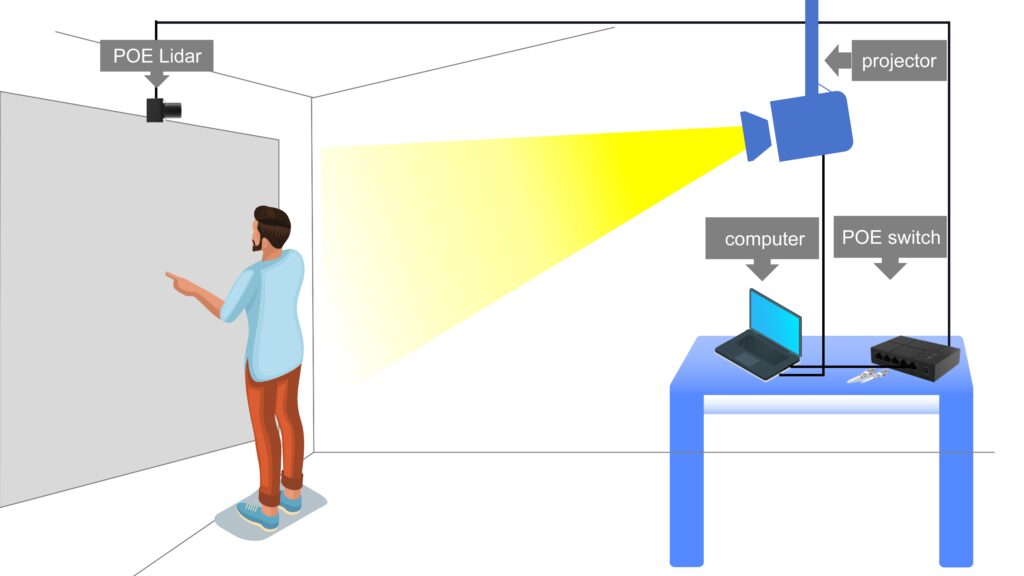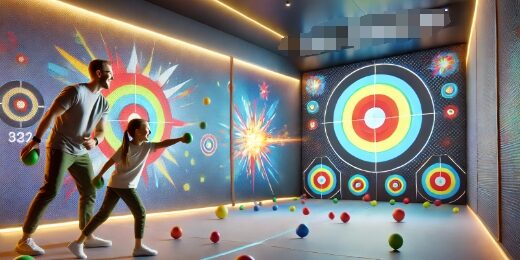Interactive Wall Sports is transforming how children engage with sports and entertainment activities. By combining physical movement with technology, these systems, such as the popular MultiBall Interactive Wall, not only make exercise fun but also enhance important skills like strategic thinking, coordination, and teamwork. Let’s explore what Interactive Wall Sports is, how it works, its key hardware components, and the lasting impact it has on children’s health and development.

What Is Interactive Wall Sports?
Interactive Wall Sports, or Indoor Interactive Gaming, refers to systems that use interactive technology to create a fun, engaging, and educational sports experience. These systems project games onto walls, and players interact with the game using balls or other objects. Through physical movement, players can hit virtual targets, pass challenges, and score points, all while developing key physical and cognitive skills.
These games are ideal for children, combining entertainment with the opportunity to improve motor skills, decision-making, and teamwork. They are especially popular in sports centers, amusement parks, and children’s play areas, offering a safe yet dynamic environment for kids to learn and have fun.

How Interactive Wall Sports Work
Interactive wall systems like MultiBall Interactive Wall utilize a combination of sensors, projectors, and gaming software to create an interactive surface. Here’s how it functions:
- Sensors: Motion-detecting sensors, such as cameras or LiDAR technology, track the position and speed of the ball as it strikes the wall. These sensors ensure accurate and responsive gameplay, making each hit or movement count in real-time.
- Projector: The system projects various sports and gaming scenarios onto the wall, creating the virtual playing field. This projector can simulate different games, from soccer to target practice, keeping kids entertained and engaged.
- Gaming Software: Advanced software algorithms process the data from the sensors and ensure that the game progresses smoothly. The software calculates scores, evaluates challenges, and adapts gameplay according to the difficulty level, ensuring a personalized and exciting experience.

Hardware Components of Interactive Wall Sports
The MultiBall Interactive Wall and other interactive sports systems rely on the following hardware:
- Projectors: Display the gaming interface on the wall for players to interact with.
- Sensors (LiDAR, Motion Sensors): Detect ball movements and player interactions in real-time.
- Computer/Control System: Runs the software and manages gameplay, adjusting difficulty levels, scores, and game dynamics.
- Audio System: Adds immersive sound effects to enhance the gaming experience.
- Balls: Depending on the game, players may use softballs for safety or real sports balls like soccer or basketballs.
Effects of Interactive Wall Sports on Child Development
Interactive Wall Sports provide a host of benefits that contribute to the physical and cognitive development of children:
- Improved Physical Health: These games encourage kids to move, improving their motor skills, balance, and coordination. This active play helps to build strength and stamina while forming positive health habits early on.
- Enhanced Cognitive Skills: The fast-paced nature of these games enhances reaction times and decision-making abilities. Kids learn to think strategically and solve problems on the fly.
- Teamwork and Collaboration: Many interactive sports games are multiplayer, encouraging children to work together, build communication skills, and develop a sense of teamwork.
- Fun and Engagement: Above all, interactive wall gaming keeps children entertained, ensuring that exercise and learning feel more like fun and less like a chore. Kids can develop positive associations with physical activity and develop a lifelong love for sports.
Conclusion
Interactive Wall Sports represents the future of indoor entertainment and physical development for children. By using systems like the CPJ ROBOT LiDAR MultiBall Interactive Wall, you can create an environment where kids not only enjoy themselves but also grow in physical health, strategic thinking, and teamwork. Whether for schools, sports centers, or amusement parks, these interactive gaming systems are a must-have for any space focused on children’s well-being and development.







